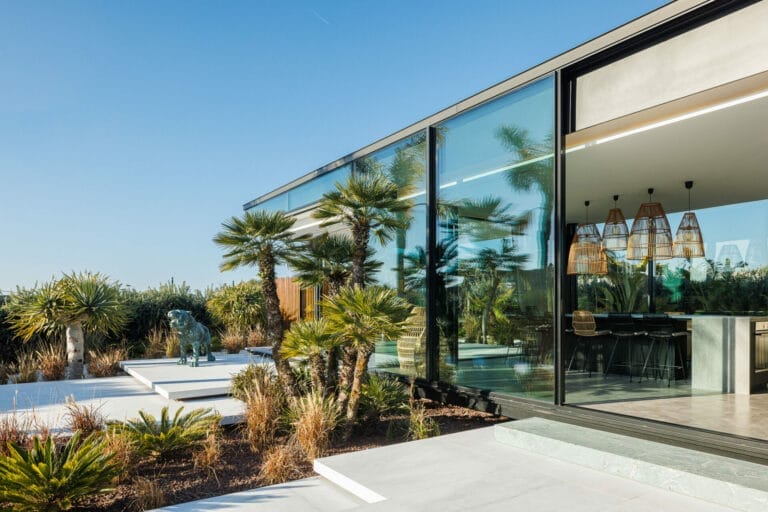“The University of the Future” – Prime Minister Inaugurates New Campus. The new campus of Nalanda University, located in Rajgir near the ruins of the ancient university, focuses on retaining the cultural and architectural ethos of Nalanda Mahavihara. This innovative campus integrates sustainable design with modern academic facilities, embodying a vision of education that honors its historical legacy while looking forward to the future.
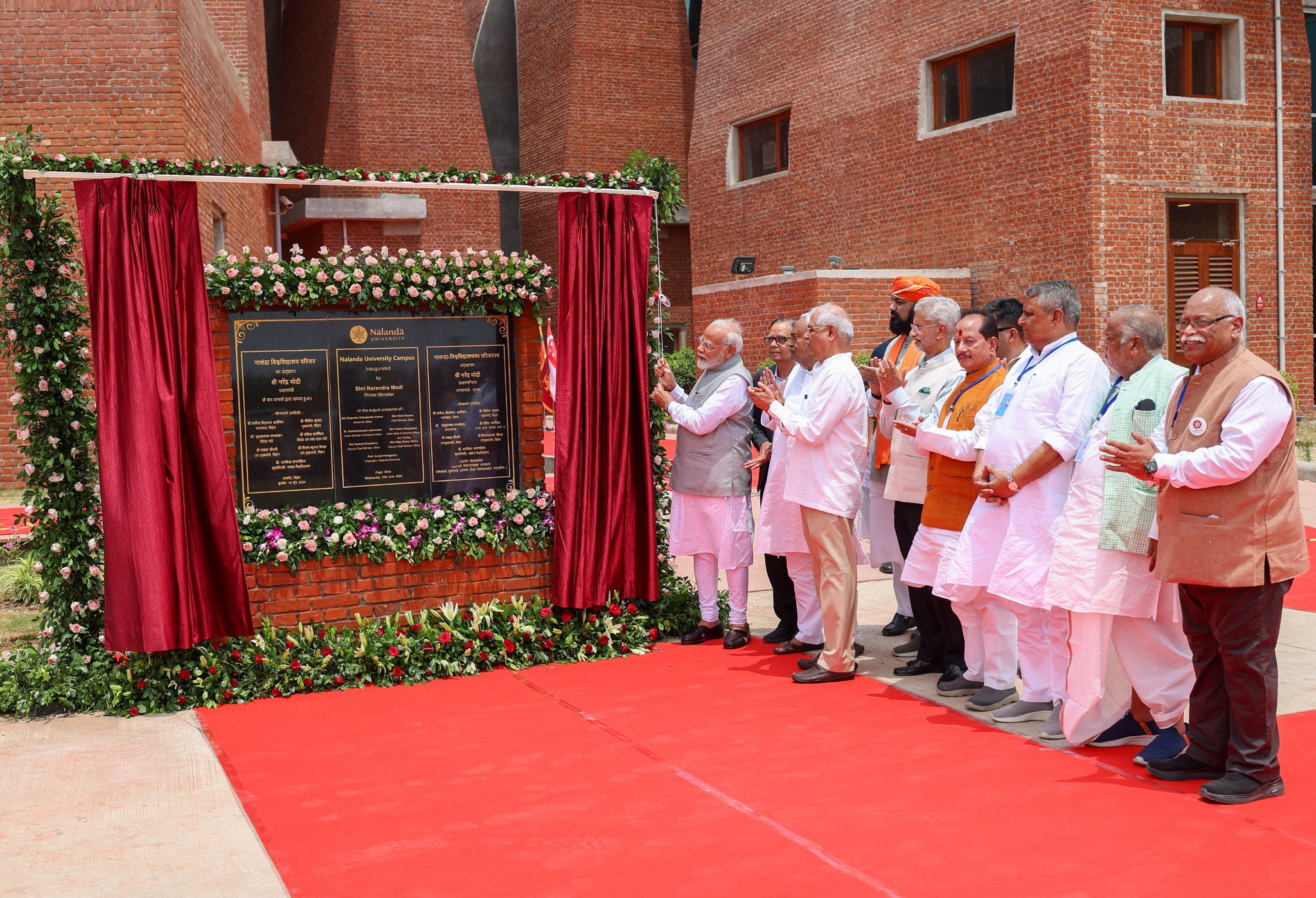
The university is conceived as a collaboration between India and East Asia Summit (EAS) countries. Several eminent people, including the heads of missions from 17 countries, attended the inauguration ceremony. The Prime Minister also planted a sapling.

The Prime Minister said that the revival of Nalanda near its ancient ruins will introduce India’s capabilities to the world, as it will tell the world that nations with strong human values are capable of creating a better world by rejuvenating history.
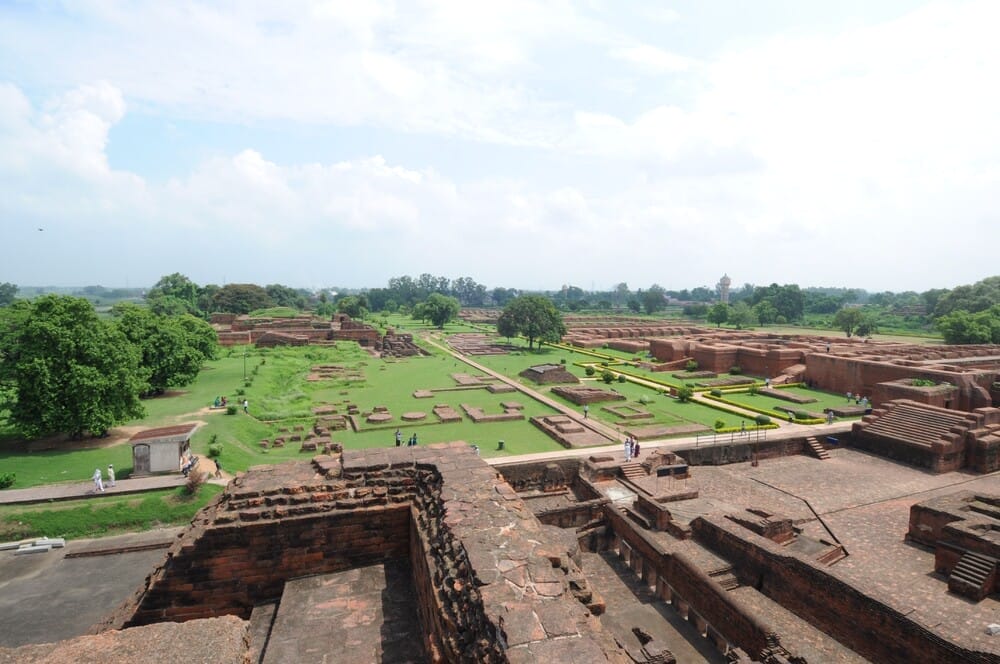
Historical Significance
Nalanda, a renowned Buddhist institution, has its roots dating back to the 5th century CE. It was a popular learning center for 800 years, with patronage from the Gupta dynasty and Emperor Harshavardhan of Kannauj. However, it began to decline in the 9th century due to the establishment of four other Buddhist learning centers in the same region.
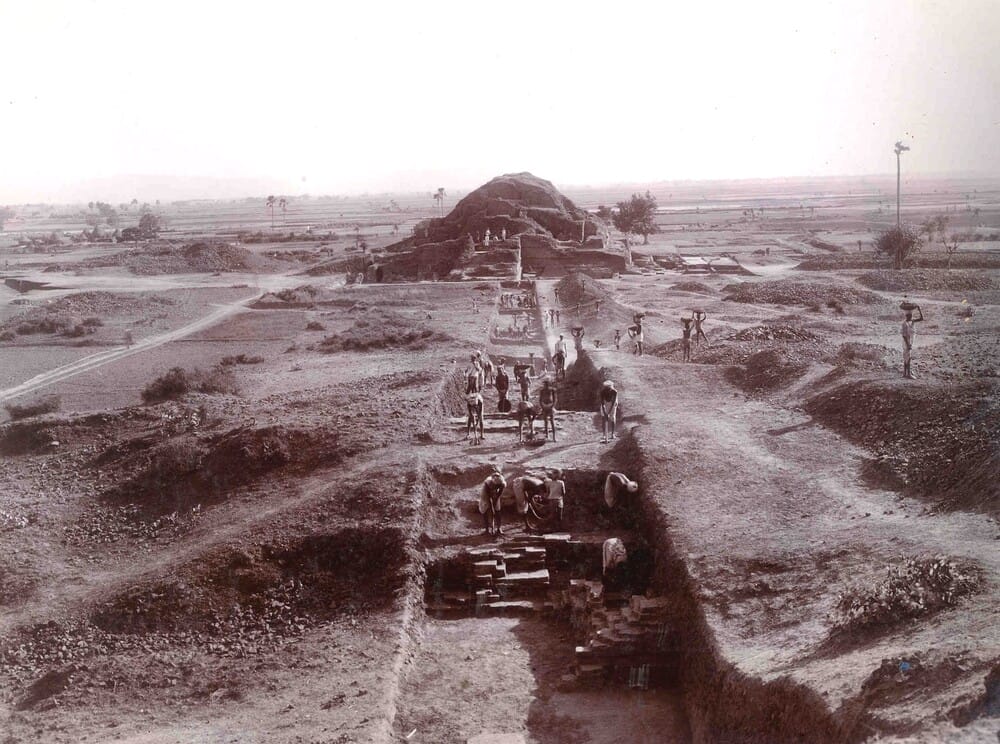
The institution was destroyed by Bakhtiyar Khilji in the 12th century, leading to its abandonment. At its peak, Nalanda attracted students and scholars from Korea, China, Tibet, and Central Asia. Mahavira, Buddha, and Chinese scholar Hsuan-Tsang visited the institution in the 5th and 6th centuries. The Archaeological Survey of India conducted excavations in the 19th century, uncovering many ruins but only a minor portion of the entire institution.

This institution, built between the 5th and 12th centuries AD, is regarded as one of ancient India’s greatest learning centers. India, China, Singapore, Japan, and Thailand declared plans to reestablish the institution in 2006, and the Nalanda Institution Act 2010 was ratified by both houses of the Indian Parliament in 2010.

In September 2014, the university opened for the first batch of students, after nearly 800 years. Designed by the Pritzker Prize-winning architect Balkrishna Vithaldas (BV) Doshi.

Archaeological Site of Nalanda Mahavihara at Nalanda, Bihar
The archaeological remains of Nalanda Mahavihara, a 23-hectare property, showcase the development of planning, architecture, and artistic tradition in Nalanda. The site is a record of a scholar’s life in a monastic or scholastic establishment. The property includes 11 viharas and 14 temples, as well as smaller shrines and votive structures. The structural remains of viharas and chaityas show the evolution of their forms, while the property also contains a corpus of artifacts and embellishments reflecting changes in a Buddhist belief system.
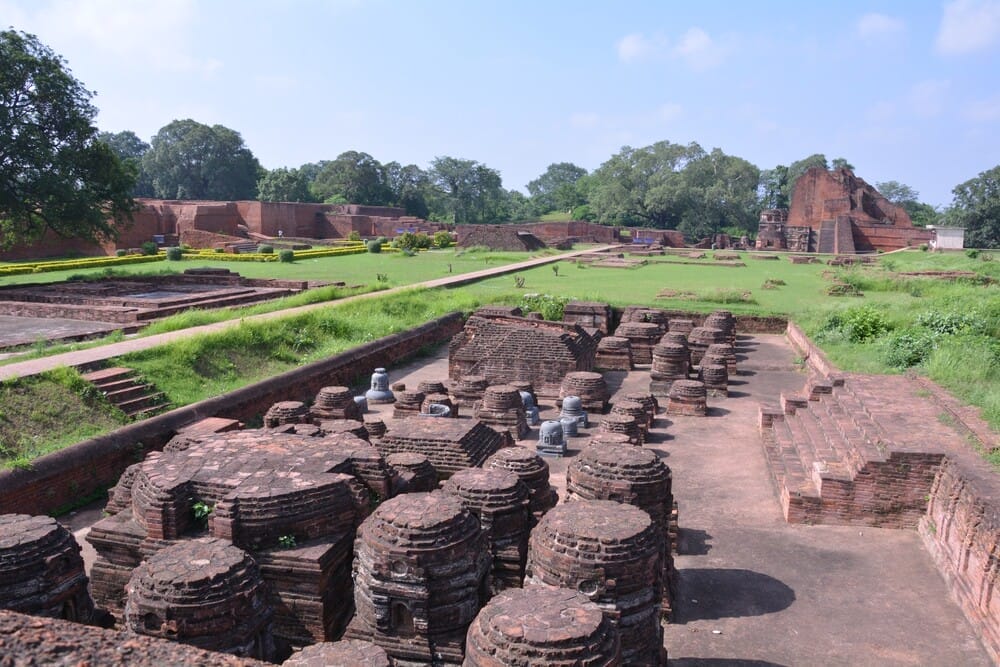
The Archaeological Survey of India (ASI) maintains archaeological remains in a protected area, while the buffer zone is sparsely populated with agricultural land and seasonal water bodies. The property and buffer zone are protected by the Ancient Monument and Archaeological Sites and Remains Act (AMASR) and monitored by the National Monument Authority and the District Commissioner of Bihar.

Location of Nalanda University
Nestled just 12 kilometers from the historic ruins of Nalanda, the new Nalanda University stands as a testament to the region’s rich academic legacy. This proximity to one of the world’s oldest seats of learning imbues the university with a sense of historical significance and continuity.
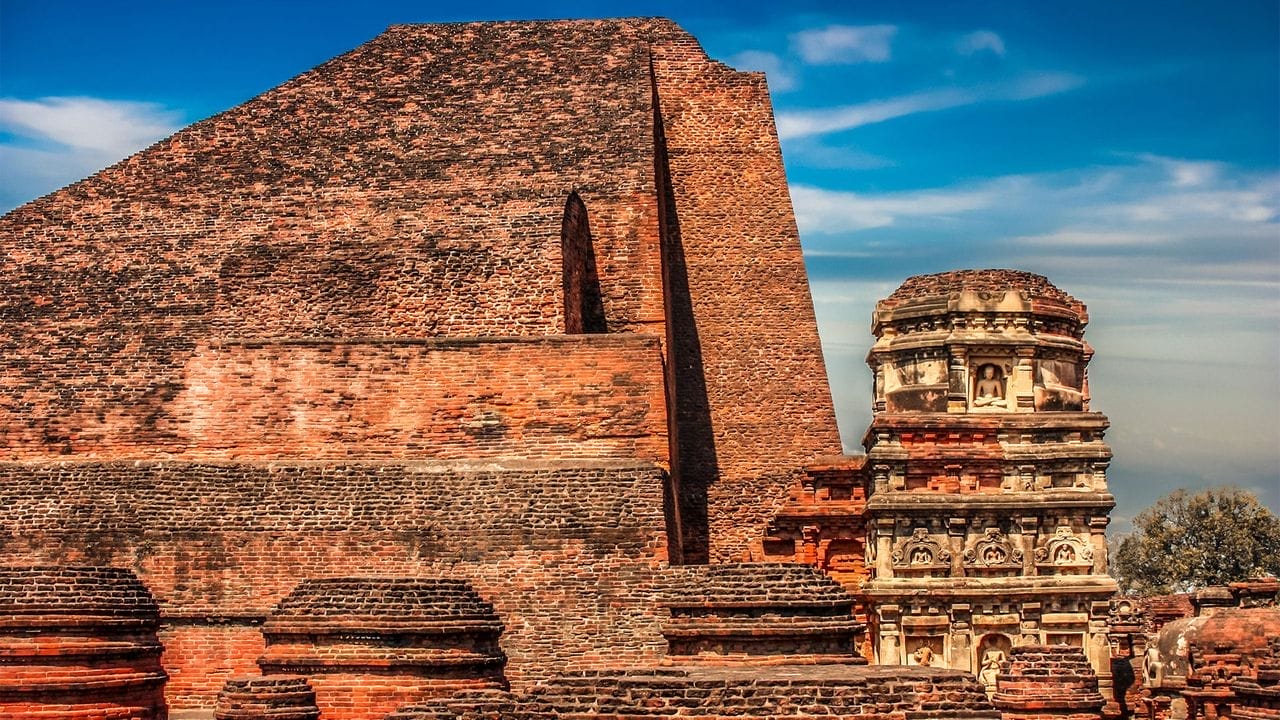
Architectural Marvel
Nalanda University’s architecture is an homage to its ancient predecessor, characterized by iconic exposed brick structures that replicate the charm of historical Nalanda. The use of open rooms and courtyards is a deliberate design choice, reflecting the traditional learning environments of the past. This blend of old and new creates a unique academic atmosphere that honors the university’s storied legacy.
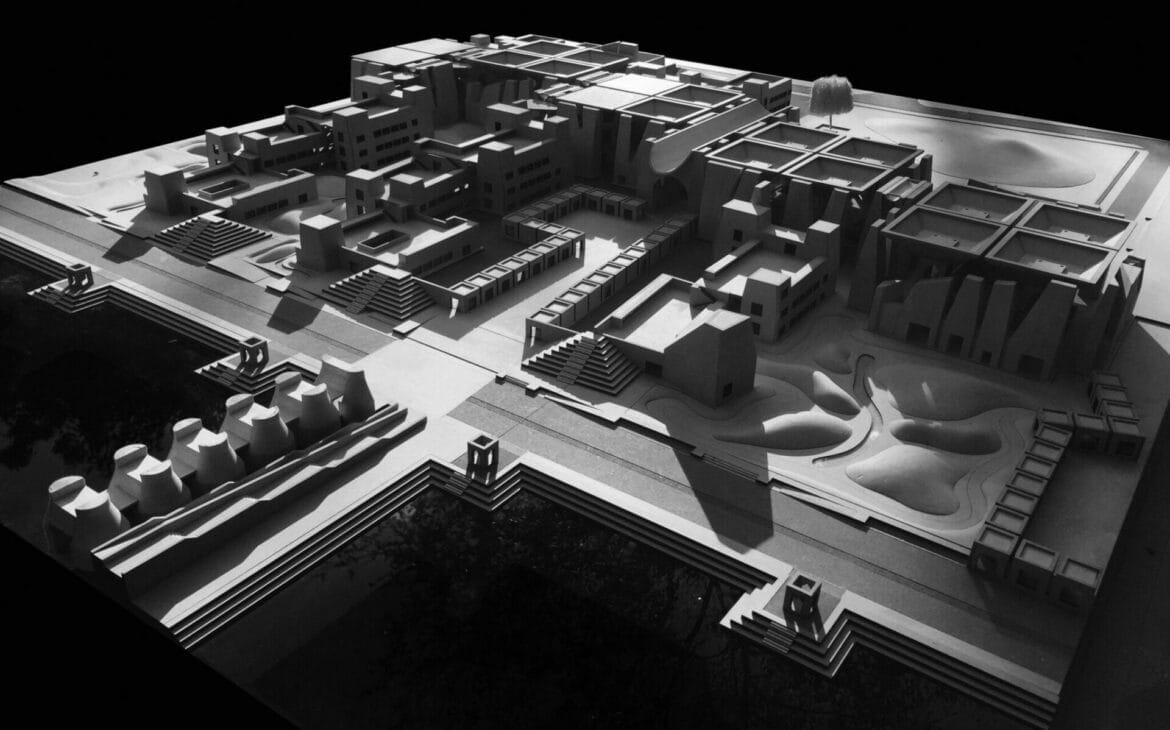
The proposed design of Nalanda University, designed by Rajeev Kathpalia, aligns with the university’s vision of being a global hub of intellectual excellence. The master plan incorporates sustainable practices throughout the project, aiming to integrate social and economic aspects with the local community. The plan allows for incremental growth and flexible expansion while preserving the region’s agricultural and environmental foundation.

The plan for Nalanda University’s campus focuses on advancing agriculture and establishing a research center for ecological research. The transitional plan integrates the campus into the ecosystem, combining modern technologies with former university planning principles to create a carbon-neutral and zero-waste campus. This aligns with the university’s outreach objectives.
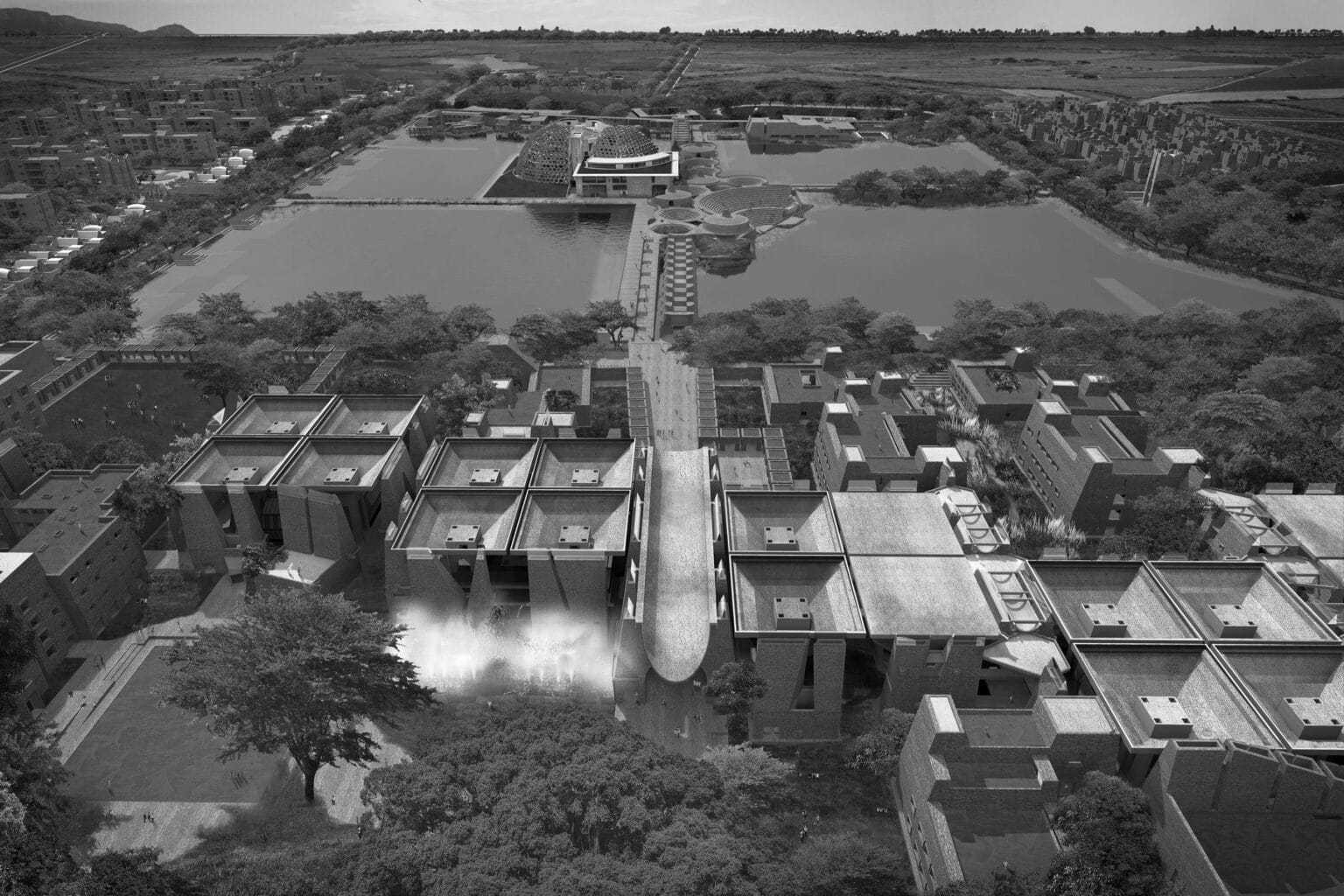
Planning
A 455-acre campus is planned for 7,000 people, consisting of academic facilities, student/staff housing, and a campus preserve for agriculture. The campus’s epicenter is a lake, a manmade lake that feeds on stormwater channels. The plan emphasizes existing linkages connecting surrounding villages through permeability, aiming to enhance the area’s economic engine.

The campus plan aims to reduce vehicular access, allowing 80% of the area to be reached by walking within 10 minutes. This network connectivity connects academic facilities with residential quarters, recreational areas, green areas, and cultural amenities. The campus is designed to be sustainable, with buildings oriented north-south and surrounded by water features, allowing for infrastructure implementation in phases.

Vast Campus
Nalanda University’s expansive campus spans 455 acres, offering modern academic and residential facilities that cater to the needs of its students and faculty. The sprawling grounds provide ample space for learning, living, and recreation, ensuring a holistic educational environment.
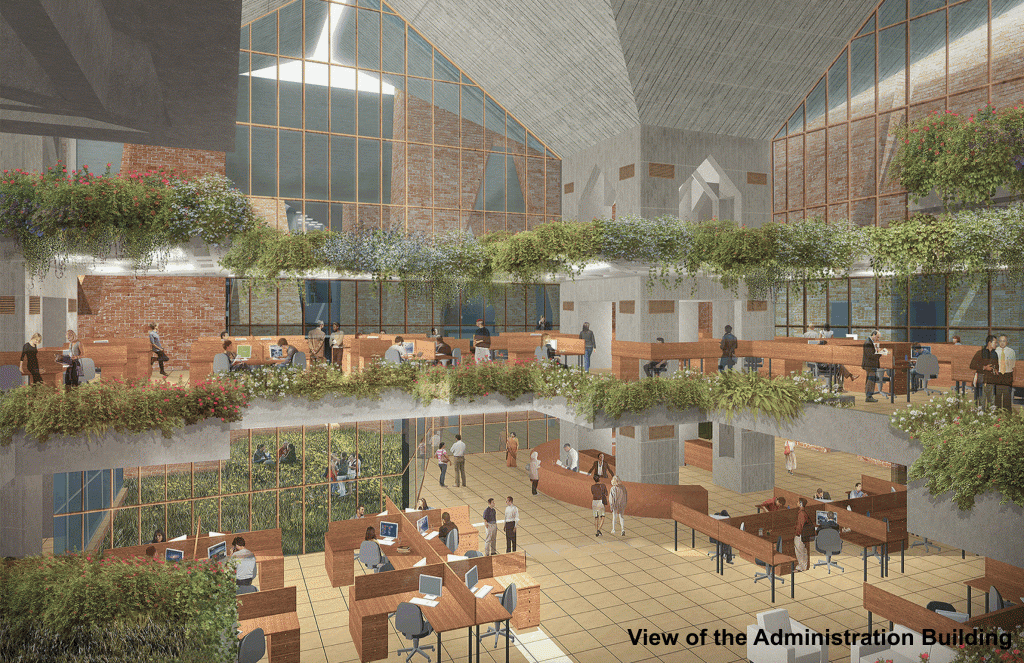
Sustainable Features Design
In keeping with its respect for ancient heritage, only 8% of the university’s area is built up. The design philosophy prioritizes sustainability, with the entire campus designated as a no-vehicle zone. This eco-friendly approach encourages walking and cycling, fostering a healthy and green lifestyle for everyone on campus.

Innovative Spaces
The campus is designed with innovation in mind, featuring open study rooms that facilitate collaborative learning and bottle-shaped bazaars that add a unique flair to the university’s social spaces.
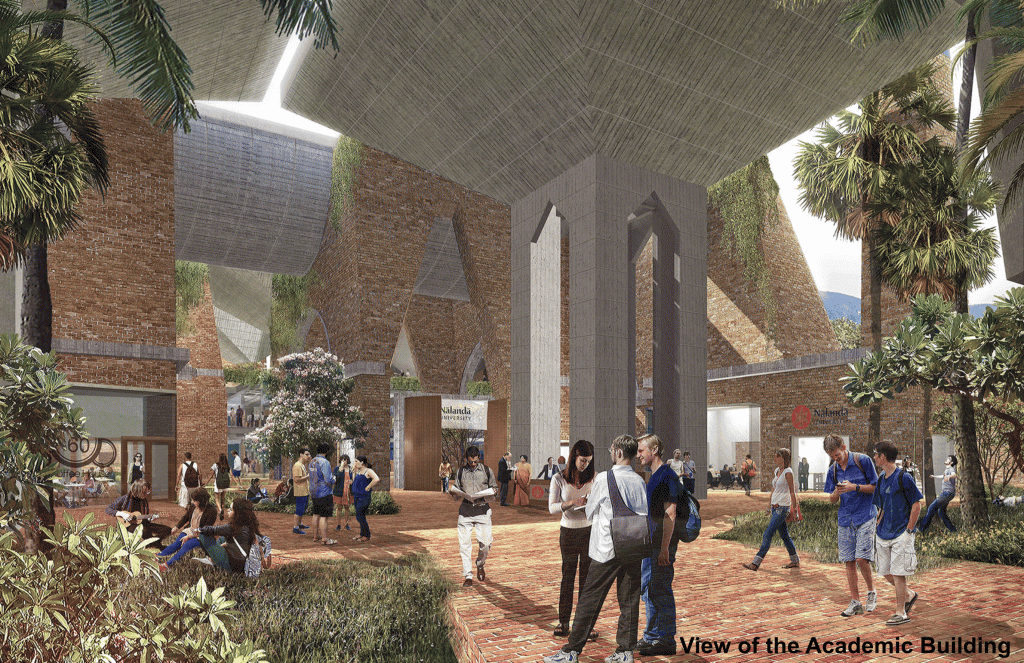
These areas are not only functional but also aesthetically pleasing, enhancing the overall campus experience.
Accommodation and Academic Programs
The university is designed to accommodate 7,500 students and faculty, providing a comfortable and conducive living environment.
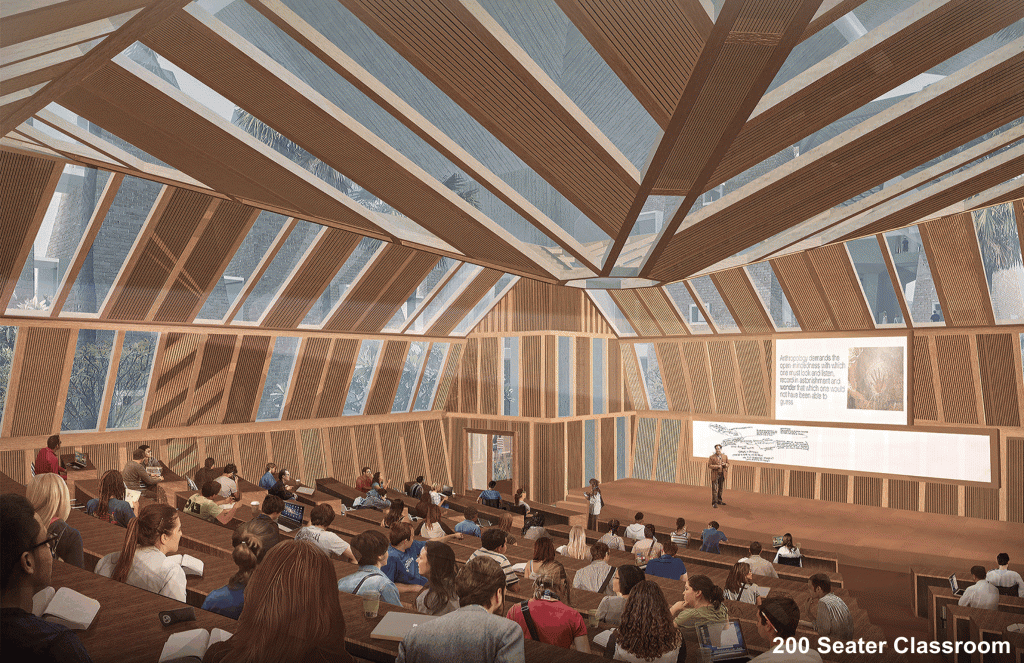
Nalanda University offers a range of postgraduate and doctoral programs, attracting scholars from around the world. This academic diversity fosters a rich exchange of ideas and knowledge, further enhancing the university’s intellectual vibrancy.
FAQs
Q1: Where is the new campus of Nalanda University located?
A: The new campus of Nalanda University is located in Rajgir, just 12 kilometers from the historic ruins of the ancient Nalanda University. This prime location allows the new campus to stay connected with its rich heritage.
Q2: Why is Nalanda University so famous?
A: Nalanda University is renowned primarily for its historical significance as a major center of Buddhist learning. In the 7th century A.D., the famous Chinese pilgrim Hsuan Tsang studied and taught there for five years. During its peak, the ancient university housed over 10,000 students and 3,000 teachers, making it a vibrant hub of knowledge and education.
Q3: What kind of academic programs does Nalanda University offer?
A: Nalanda University offers a variety of postgraduate and doctoral programs. These programs attract a diverse group of scholars from around the world, fostering a rich exchange of ideas and a vibrant academic environment.
Q4: Can visitors tour the new campus?
A: Yes, visitors are welcome to tour the new campus. The no-vehicle policy ensures a peaceful and scenic experience as you walk or bike through the beautifully designed grounds, soaking in the blend of historical and modern architecture.
Q5: How does the campus promote sustainability?
A: The campus is designed to be eco-friendly with a no-vehicle policy, encouraging walking and cycling. This reduces carbon emissions and promotes a healthier lifestyle. Additionally, the minimal built-up area helps preserve the natural environment.
Q6: Why is Nalanda University called “The University of the Future”?
A: Nalanda University is dubbed “The University of the Future” because it seamlessly integrates the wisdom and architectural beauty of its ancient predecessor with innovative, sustainable, and modern educational practices. This forward-thinking approach positions it as a model for future educational institutions.



















